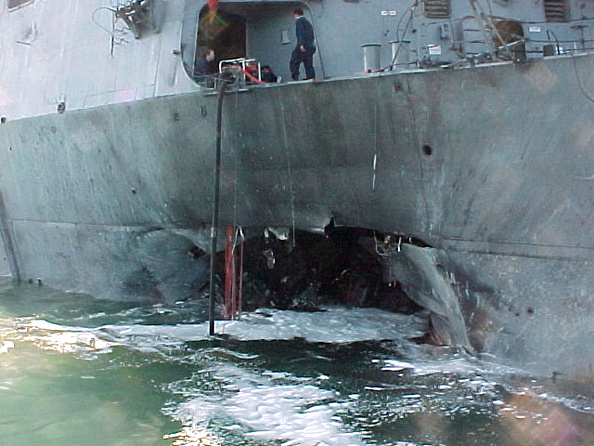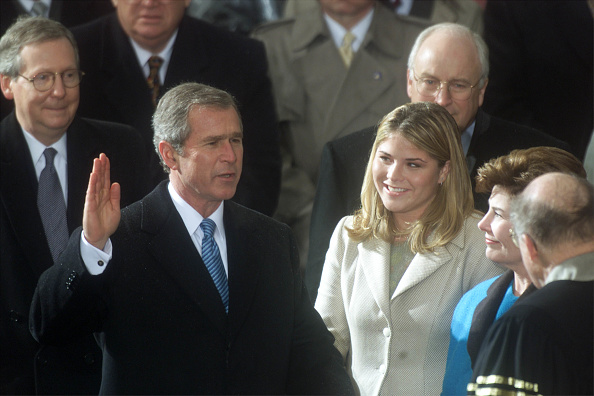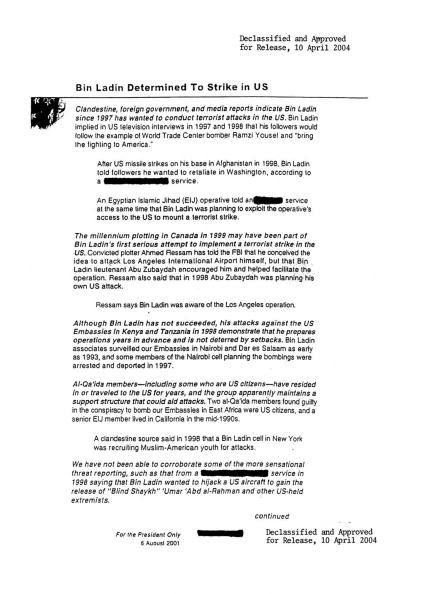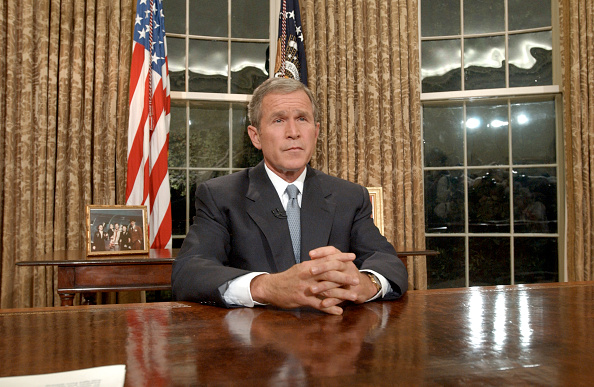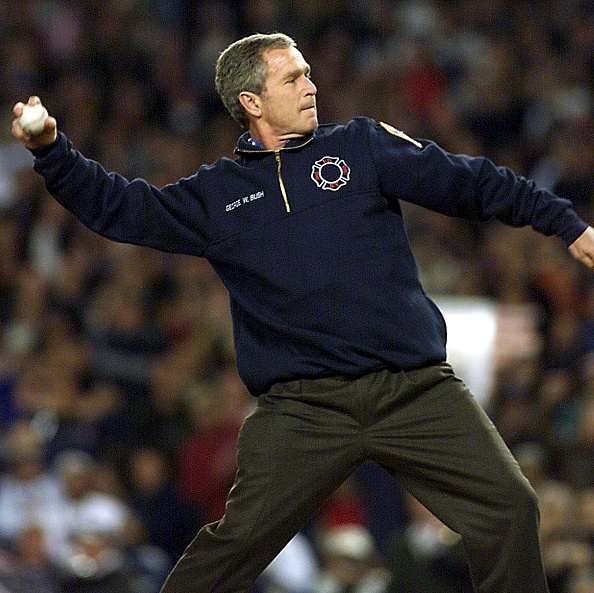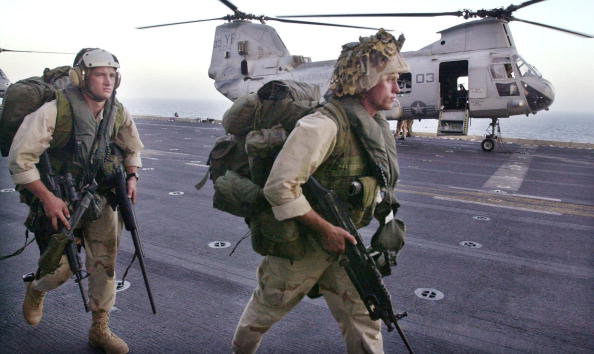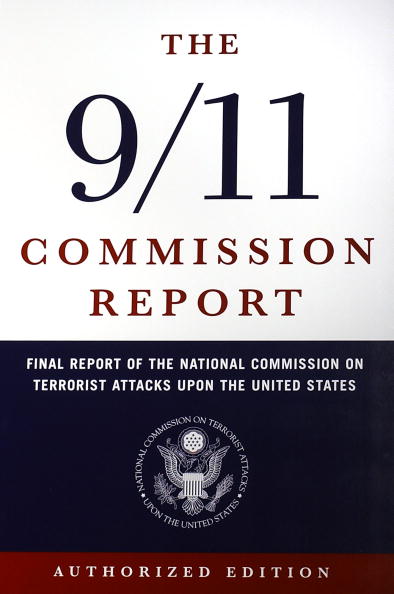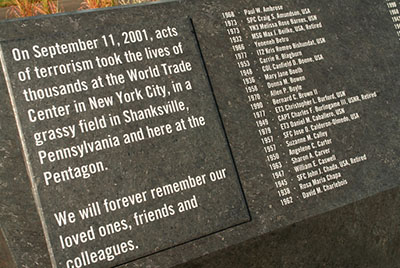History
The 9/11 Legacy Foundation educates current and future generations on the profound and lasting impacts of September 11, 2001. By supporting the 25th commemoration, we honor those lost and the heroes who emerged, while inspiring a renewed commitment to service and unity. Our mission is to ensure that collectively “We Remember” the events of that fateful day, preserving the strength and values that arose in its aftermath. Through education, remembrance, and action, we empower Americans to protect our nation's future.
1991: The U.S. establishes military bases in Saudi Arabia during and after the Gulf War. This move provokes resentment among Islamic extremists, including bin Laden.

February 26, 1993: Al-Qaeda attempts its first attack on U.S. soil, bombing the World Trade Center in New York City. Six people are killed, and thousands are injured. The bombing is traced back to terrorists linked to Al-Qaeda.

August 23, 1996: Osama bin Laden issued his first fatwa (religious edict) calling for attacks against U.S. interests. This fatwa, titled “Declaration of War Against the Americans Occupying the Land of the Two Holy Places,” was published in a London-based newspaper and marked a significant escalation in his anti-American rhetoric.
August 7, 1998: The U.S. embassies in Tanzania and Kenya are bombed by Al-Qaeda operatives, killing more than 200 people and injuring thousands. In retaliation, the U.S. launches missile strikes on Al-Qaeda camps in Afghanistan.
October 12, 2000: The USS Cole bombing occurs in Yemen, where Al-Qaeda militants attack a U.S. Navy destroyer, killing 17 sailors and injuring dozens.
January 20, 2001: U.S. President George W. Bush is inaugurated. National Security Advisor Condoleezza Rice and other officials inherit intelligence reports about the growing threat from Al-Qaeda.
● June–August 2001: Multiple intelligence reports indicate increasing threats from Al-Qaeda, with mentions of attacks targeting U.S. soil. However, the information is not linked or acted upon decisively.
● July–August 2001: Al-Qaeda operatives begin to prepare for the 9/11 attacks. The hijackers travel to various U.S. cities for training and to finalize the logistics of the plan.
August 6, 2001: The President’s Daily Briefing (PDB), titled “bin Laden Determined to Strike in U.S.,” is presented to President Bush. It provides details on Osama bin Laden’s network and possible threats but lacks specifics about the timing or exact methods of attack.

8:46 AM: American Airlines Flight 11 crashes into the North Tower of the World Trade Center in New York City (WTC 1), killing all 92 people on board and countless at the point of impact and causing a massive explosion.

Morning Timeline (All times are Eastern Daylight Time – EDT):
- 8:00 AM: American Airlines Flight 11 departs from Boston, headed for Los Angeles.
- 8:14 AM: United Airlines Flight 175 departs from Boston, also bound for Los Angeles.
- 8:19 AM: American Airlines Flight 11 is hijacked by five terrorists. Flight attendant Betty Ong notifies American Airlines of the situation. The plane’s course is altered, and it heads toward New York City.
- 8:21 AM: American Airlines Flight 77 departs from Washington, also bound for Los Angeles.
- 8:42 AM: United Airlines Flight 93 departs from Newark, New Jersey, bound for San Francisco.
- 8:42 AM: United Airlines Flight 175 is hijacked by five terrorists.
- 8:51 AM: American Airlines Flight 77 is hijacked by five terrorists.
- 9:28 AM: United Airlines Flight 93 pilot Jason Dahl first signals “Mayday” after the hijackers take control of the cockpit shortly after the plane passes over Cleveland, Ohio.
9:03 AM: United Airlines Flight 175 crashes into the South Tower of the World Trade Center (WTC 2), killing all 65 people on board and countless at the point of impact. The impact and ensuing fire cause both towers to begin collapsing.
9:05 AM: President George W. Bush, who was in Florida at the time, is informed of the attack while at a school event in Sarasota by White House Chief of Staff Andrew H. Card Jr. He is quickly whisked away to secure locations.

9:37 AM: American Airlines Flight 77 crashes into the Pentagon in Arlington, Virginia, killing all 64 people on board and 125 individuals at the Pentagon and causing extensive damage to the U.S. military headquarters.
9:45 AM: U.S. airspace is closed. All commercial and private flights are grounded.
9:57 AM: Passengers aboard United Airlines Flight 93 heroically attempt to reclaim control of the cockpit, their actions undoubtedly saving the lives of countless others at the intended attack site.
10:03 AM: United Airlines Flight 93 crashes into a field near Shanksville, Pennsylvania, after passengers try to regain control of the plane from the hijackers. It is believed to have been headed for the White House or U.S. Capitol.

Lt. Gen. Marc Sasseville and Heather Penney are ordered to intercept Flight 93 with their F-16s, not knowing that the passengers had fought back and driven the plane into a field in Shanksville, Pennsylvania.
1:00 PM: The World Trade Center towers, once among the tallest buildings in the world, are completely destroyed. Over 2,900 people perished, including 246 passengers and crew on the planes, 343 firefighters and 23 police officers.
8:00 PM: President Bush addresses the nation, confirming the attacks and vowing to hunt down those responsible.
September 12: The U.S. government formally blames Al-Qaeda and Osama bin Laden for the attacks. The FBI begins its investigation into the identities of the hijackers.

September 14: President Bush visits Ground Zero to address rescue workers.
September 18: The Authorization for Use of Military Force is enacted. Passed by the Senate, it authorized the use of military force against those responsible for the attacks.
September 20: President George W. Bush delivers a speech to Congress, declaring a “War on Terror” and demanding that the Taliban government in Afghanistan hand over Osama bin Laden.
September 30: The U.S. and U.K. begin amassing forces for a potential invasion of Afghanistan to target the Taliban regime and Al-Qaeda training camps.
October 3, 2001: President Bush throws out the first pitch during game three of the World Series at Yankee Stadium, delivering a strike over home plate.
October 7, 2001: The U.S. launches Operation Enduring Freedom, beginning airstrikes against Taliban-controlled Afghanistan. The operation aims to dismantle Al-Qaeda’s training camps and infrastructure.
October 26, 2001: The U.S. passes the Patriot Act, expanding the powers of law enforcement agencies to monitor communications and prevent terrorism.
November 19, 2001: President Bush signs the creation of the Transportation Security Administration (TSA) into law, reverting responsibility for airport security from private firms to the federal government.
2001: U.S. forces capture key cities in Afghanistan, including Kabul.
December 2001: The U.S. successfully ousts the Taliban from power, and key Al-Qaeda figures begin fleeing into Pakistan.
January 29, 2002: President Bush delivers the State of the Union Address, coining the term “Axis of Evil,” referring to Iraq, Iran, and North Korea.
March 2002: The U.S. and its allies begin their search for Osama bin Laden in the mountains of Afghanistan and Pakistan’s tribal areas, but he eludes capture.
May 30, 2002: Rescue efforts at Ground Zero officially conclude after nine months, when the final piece of steel is removed from the site. It is often referred to as “the last column.”
November 2002: The Department of Homeland Security is created to coordinate U.S. national security efforts.
March 2003: The U.S. invades Iraq under the pretext that Saddam Hussein had weapons of mass destruction (WMDs), although no WMDs are found.
July 22, 2004: The 9/11 Commission Report is published, detailing the failures leading to the attacks and recommending significant reforms to U.S. intelligence, law enforcement, and security agencies.
2004: Osama bin Laden appears in a video, claiming responsibility for the 9/11 attacks and issuing threats against the West.
September 11, 2008 – The 9/11 Pentagon Memorial is opened to the public.
2001–present: U.S. foreign policy remains deeply shaped by the events of 9/11, particularly regarding the Global War on Terror, the invasions of Afghanistan and Iraq, and a shift towards more interventionist policies in the Middle East.
2001–present: Global counterterrorism efforts expand, with the rise of organizations like ISIS and continued global threats from Al-Qaeda and its affiliates.

May 2, 2011: Osama bin Laden is killed by U.S. Navy SEALs in a compound in Abbottabad, Pakistan. His death is considered a major victory in the Global War on Terror.
2011: The World Trade Center Health Program is established to provide medical monitoring and treatment to first responders and cleanup workers, many of whom developed long-term illness due to exposure to hazardous materials.
September 10, 2011: The first features at the Flight 93 National Memorial are dedicated.
May 21, 2014: The National September 11 Memorial & Museum is opened to the public.

August 30, 2021: The U.S. withdraws from Afghanistan, ending the main phase of the Global War on Terror. 13 U.S. service members lost their lives during the attack on the Kabul Airport.
December 2024: The 9/11 Legacy Foundation is established to ensure that “We Remember 9/11” is more than just a sentiment but a responsibility carried out by all Americans.


